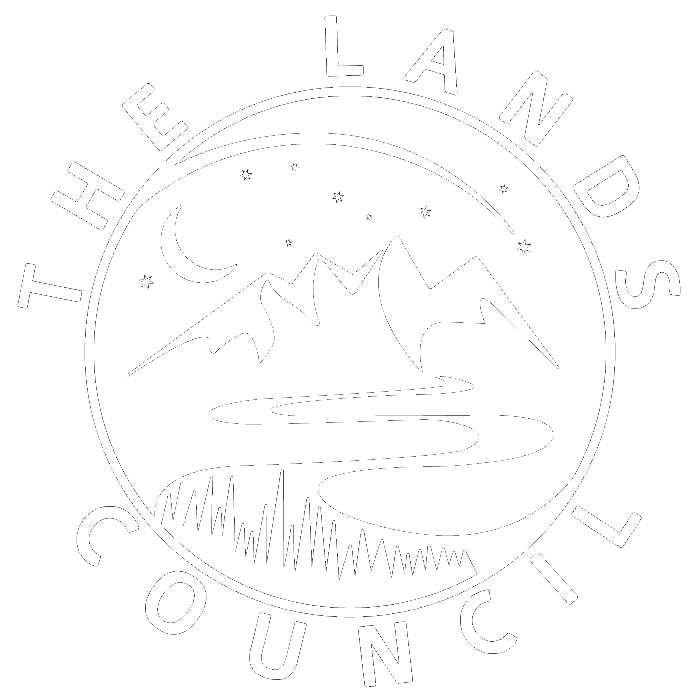By Mike Petersen
The work to reduce the amount of PCB’s (polychlorinated biphenyls) that enter the Spokane River takes many forms. Our innovative Fungi Project has made good progress this year. We are partnering with North Central High School and bioremediation expert, Les Stephens, to use fungi and soil bacteria to break down PCB’s and hydrocarbons found in stormwater sludge (known as vactor waste). A few weeks ago, Les received the lab test results for students Alyssia and Sanda's bioremediation experiment. There was a reduction in PCB levels from initial 1400 parts per billion (ug/Kg) to 750 ppb (46% reduction). On the Total Petroleum Hydrocarbons analysis, the Diesel Range Organics were reduced from 760 parts per million (mg/Kg) to 170 ppm (78% reduction) and Residual Range Organics were reduced from 4000 parts per million to 1500 parts per million (63%).
This is very good bioremediation of the City's contaminated vactor waste. In addition, their genetic study showed that the composition and diversity of the microbial population changes dramatically with time as biodegradation proceeds with increasing populations of known bacterial remediators. This will be an exciting area of inquiry for the team to explore going forward.
Many thanks to Dan Shay, the stellar teacher/advisor at North Central who oversees students working on our project. Dan oversees the best high school science laboratory in Washington and has supervised students working on the Fungi Project over the past three years. Initially, North Central HS students Rachel and Nick reached out to The Lands Council to volunteer on their fungi project after reading about the early work that Heidi Montez did at our Ash Street lab. This coming school year will have Meilin and Hanna working on the project, and they are already creating the work plan for this fall and next spring.
On a technical note, PCBs are a class of chemical compounds in which chlorine atoms replace some or all of the hydrogen atoms on a biphenyl molecule. Only one congener, Aroclor 1254, is present in the lab tests at our detection level. PCB congeners are a mixture of compounds and 1254 refers to the 12 carbon atoms bonded in the two joined benzene rings and the 54 means 54% chlorine is present in the mixture. Not all carbon atoms are bonded to chlorine atoms, and can be bonded to a hydrogen or another carbon atom instead. The chlorine-carbon bond is a strong chemical bond along with the double carbon bonds in the benzene rings making these chemicals extremely persistent in the environment with the potential to bioaccumulate in animals. The fact that we have biodegraded PCBs using native soil populations of bacteria and fungi with amendments is exciting and important work.

